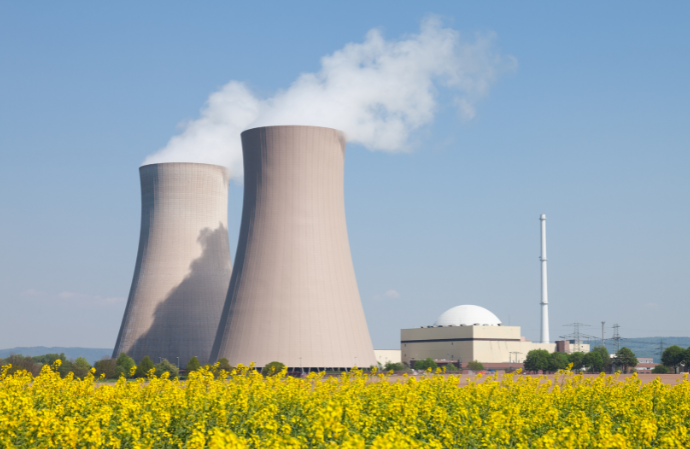The power of nuclear is its ability to extract a great deal of energy from a very small volume of fuel, providing a source of reliable, low-carbon electricity. Uranium is plentiful and distributed around the world, appealing to nations’ energy security needs in an age when the geopolitical landscape is shifting. And although the production of dangerous nuclear waste is undeniable, the emissions from nuclear power are widely considered to be clean. It has led some to talk of a nuclear renaissance.
The US, UK, France, India, China and Egypt are all at various stages of building or encouraging new investments in nuclear power. while others such as Poland appear open to the possibility. To fund such huge construction projects, many nations are looking, at least partly, at private financing.
Management Practice Professor Simon Taylor examines why nuclear must provide an economic and sustainability case if it is to be funded with bank or capital markets funds in a book chapter – “Can nuclear attract green finance?” – which is part of The Routledge Handbook of Green Finance.
“If a majority of investors decide that nuclear is not green, then a large fraction of capital market capacity, especially public markets and retail-based financial institutions, would be unavailable for nuclear investment, regardless of prospective risks and returns. In that case, governments would have to find the funding entirely themselves, putting some of the planned investment in jeopardy.”
“Nuclear power needs to be seen in a wider context because there is little that is completely sustainable in energy policy – recycling solar and wind energy components is difficult,” says Simon. “Supporters of nuclear therefore have a reasonable case that to exclude a proven source of low-carbon electricity on sustainability grounds is surely the greater evil. Not all investors will agree but it’s hoped enough will see nuclear as a worthy candidate for green finance. The ultimate decision-makers are the general public whose savings go into the mutual funds and pension funds that might fund nuclear energy.”
Exploring financing strategies for the global expansion of nuclear power
In 2020, nuclear energy made up 4% of total primary energy globally and about 10% of electricity generation. France is unusual in having such a large share of nuclear, with 77% of its electricity coming from nuclear power, and India and China are also expanding their growth in the area.
There are 13 countries with nuclear reactors currently under construction. Of these countries, Belarus, Bangladesh and Turkey are building reactors for the first time. Nigeria, Kenya, Laos, Morocco, Algeria, Philippines, Ghana, Rwanda and Ethiopia all have developing plans for nuclear.
There are 2 routes to financing:
Public financing
Many countries, including China and India, will finance this new nuclear energy mostly through the state budget. Given the pressures on public spending, finding private finance is also attractive. India plans to use more private finance in the future.
Private financing
The nuclear sector is in private ownership in Japan. In the United States nuclear is mainly owned by private investor-owned utilities. In the UK, the government plans to harness private finance with government support.
The challenge to securing private financing will be if investors, especially equity investors, decide that nuclear is not green or sustainable and doesn’t fit within an environmental, social and governance (ESG) framework. There are forecasts that ESG-related financial assets could rise to a third of the global total by 2025, so ESG opinions are likely to become increasingly important.
Read full article below.
Image: RelaxFoto.de, Getty Images Signature via Canva.


